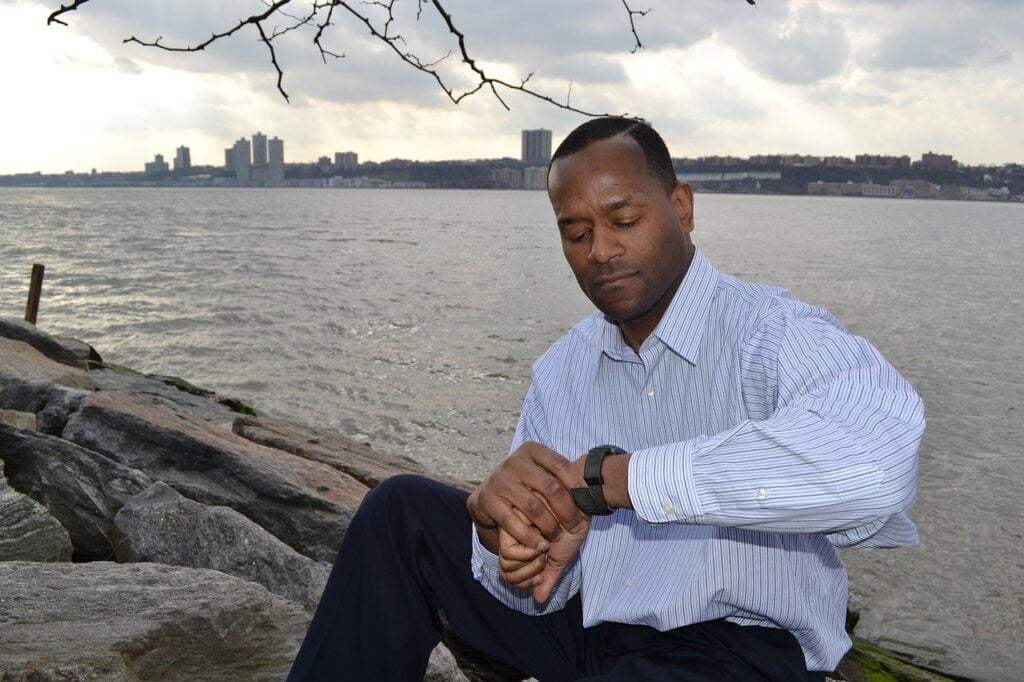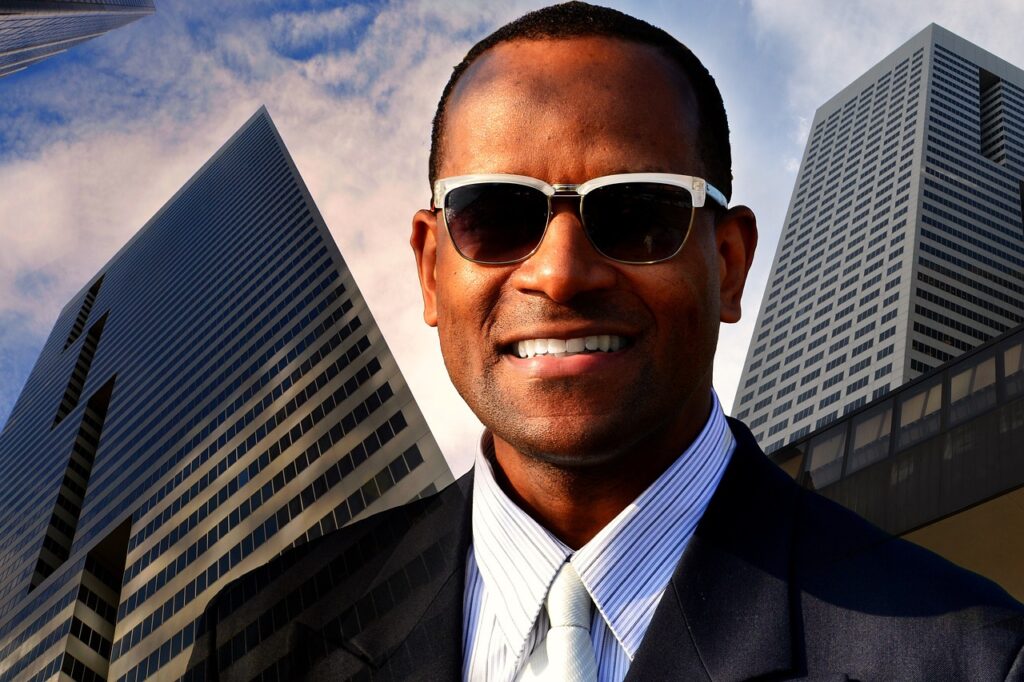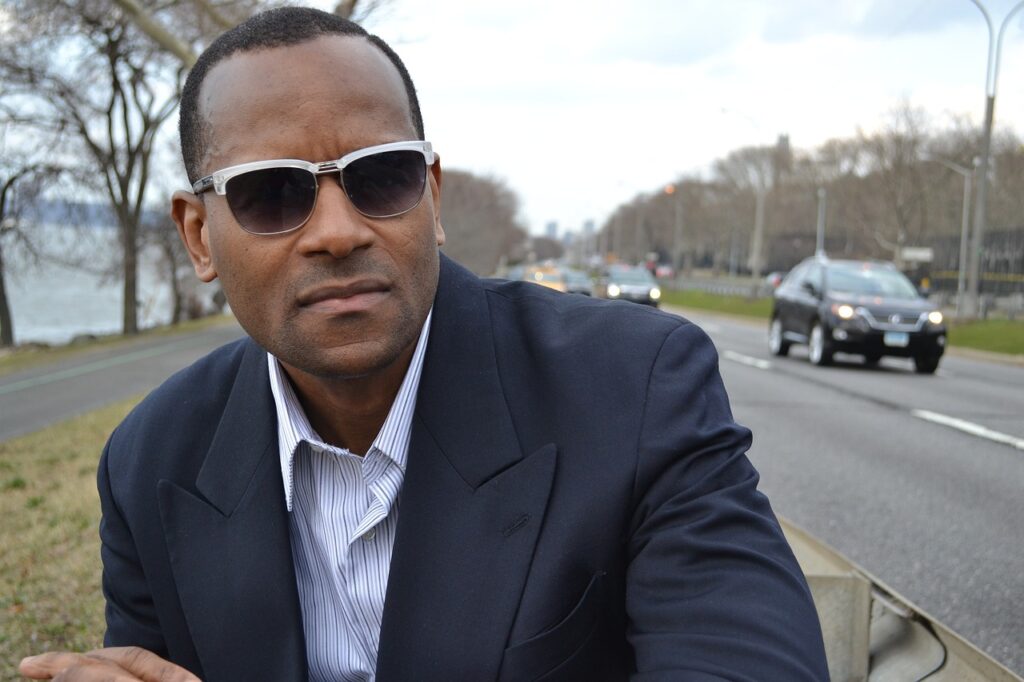So, I found myself in quite the predicament the other day. I had a business formal event coming up and I couldn’t decide what to wear. My first thought was to go for a traditional suit, but then I caught a glimpse of a stunning dress that I just had to try on. Suddenly, I found myself wondering: are dresses really appropriate for business formal occasions? As I pondered this question, I realized that it was a topic worth exploring in more detail. So, let’s dive into the debate and see if dresses can hold their own in the world of business formal attire.
The Definition of Business Formal
What is business formal attire?
Business formal attire refers to a dress code that is typically expected in professional settings, such as formal business meetings, conferences, and corporate events. It is characterized by a more conservative and formal style, compared to other dress codes like business casual or smart casual. Business formal attire often includes tailored suits, dress shirts, blouses, and appropriate footwear. It is important to dress in a way that conveys professionalism, respect, and competence.
Why is business formal attire important?
Business formal attire is important for several reasons. Firstly, it signals professionalism and respect for the occasion. When individuals dress in formal attire, it shows that they take their roles and responsibilities seriously, and are ready to engage in a professional setting. Secondly, business formal attire creates a sense of unity and consistency in the workplace. It ensures that everyone is on the same page and presents a cohesive image to clients, partners, and other stakeholders. Lastly, business formal attire can have a positive impact on confidence and self-esteem. When individuals feel appropriately dressed for the occasion, it can enhance their overall performance and interaction with others.
The Role of Dresses in Business Formal
Can dresses be considered business formal?
Yes, dresses can absolutely be considered business formal. While suits are most commonly associated with business formal attire, dresses provide a versatile and stylish alternative for women. However, it is important to note that not all dresses are suitable for business formal settings. The key is to choose a dress that adheres to the formal dress code while still allowing for comfort and flexibility.
Factors to consider when choosing a dress for business formal
When selecting a dress for a business formal setting, there are several factors to consider. First and foremost, the dress should be well-tailored and fit properly. Ill-fitting dresses can give off a sloppy or unprofessional appearance. Additionally, the length of the dress should be conservative, typically falling at or just above the knee. Necklines should also be modest and not revealing. It is also important to choose a fabric that is appropriate for the occasion. Opt for materials like wool, tweed, or silk, which are classic and professional. Lastly, consider the color of the dress. It is generally best to stick to neutral or dark tones, such as black, navy, gray, or brown, as they convey a more formal and serious tone.

Benefits of Wearing Dresses in Business Formal
Professional image
Wearing a well-chosen dress in a business formal setting can help convey a professional image. A dress that is tailored to fit properly and made from high-quality fabrics exudes sophistication and attention to detail. It shows that you have put effort into your appearance and take your professional role seriously. A professional image is especially important when meeting clients, attending important meetings, or representing your organization in a formal setting.
Comfort and flexibility
Dresses can provide a level of comfort and flexibility that suits may not always offer. With the right dress, you can easily move around, sit, and stand without feeling restricted. Additionally, dresses can be more forgiving in terms of fit, as they can accommodate slight changes in body weight or shape. This can be advantageous for individuals who prefer a more comfortable and less constricting outfit in a business formal setting.
Expression of personal style
While business formal attire often calls for a more conservative and uniform look, dresses offer an opportunity to express one’s personal style within those boundaries. The choice of dress color, pattern, and accessories can showcase individuality and creativity while still maintaining a professional appearance. Making thoughtful choices that align with personal style can contribute to a boost in confidence and a positive overall impression.
Drawbacks of Wearing Dresses in Business Formal
Limited options for men
Unlike women, men do not have the same variety of dress options when it comes to business formal attire. Suits are the standard choice for men in formal settings, offering limited alternatives to achieve a business formal look. While women can choose between dresses, skirts, and pantsuits, men are generally expected to wear a suit and tie. This limited range of options may seem restrictive for men who prefer more variety in their wardrobe.
Perception of less authority
In some instances, wearing a dress in a business formal setting may result in others perceiving you as having less authority or being less capable. This perception can stem from societal expectations and biases. Unfortunately, certain traditional gender norms and stereotypes still exist in professional environments, leading to judgments based on appearance rather than qualifications and abilities. It is important to be aware of these potential biases and work towards challenging them in the workplace.
Climate and weather considerations
Dresses, especially those made from lighter fabrics, may not always be the most practical choice for certain climates or weather conditions. In hot and humid climates, wearing a dress may lead to discomfort and excessive sweating. Conversely, in cold or windy conditions, dresses may not provide adequate warmth and protection. It is important to consider the weather and climate of the specific location when deciding whether to wear a dress in a business formal setting.

Tips for Wearing Dresses in Business Formal
Choosing the right length and cut
When selecting a dress for a business formal setting, it is important to choose an appropriate length and cut that aligns with the dress code. As a general guideline, dresses should fall at or just above the knee. Avoid dresses that are too short or revealing, as they can be seen as inappropriate for a formal setting. Opt for classic cuts that flatter your body shape while still maintaining a professional look.
Selecting appropriate fabrics and colors
The choice of fabric and color is crucial when it comes to selecting a dress for business formal attire. Opt for fabrics like wool, tweed, or silk, which are considered more formal and professional. Avoid materials like denim or jersey, which are typically associated with more casual attire. In terms of colors, it is generally best to stick to neutral or dark tones, which convey a more serious and formal tone. Black, navy, gray, and brown are all safe choices that can be easily paired with various accessories.
Pairing with suitable footwear and accessories
To complete the business formal look, it is important to pair your dress with suitable footwear and accessories. Closed-toe pumps or dress shoes are usually the most appropriate choice for women. Avoid overly casual or flashy footwear, as they can detract from the professional image. When it comes to accessories, opt for classic and understated pieces that complement the dress and enhance the overall look. A simple necklace, stud earrings, or a statement watch can add a touch of elegance without overpowering the outfit.
Examples of Business Formal Dresses
Classic sheath dress
The classic sheath dress is a timeless option for business formal attire. It is typically tailored to fit closely to the body, creating a clean and polished look. Sheath dresses are often knee-length and made from structured fabrics like wool or tweed. They exude sophistication and professionalism while allowing for ease of movement and comfort.
Tailored midi dress
Midi dresses, which fall below the knee and above the ankle, can also be a suitable choice for business formal occasions. They offer a slightly more modest and conservative alternative to shorter dresses while still maintaining a fashionable and feminine aesthetic. Look for tailored midi dresses in high-quality fabrics that provide a sleek and refined appearance.
Pencil dress with blazer
A pencil dress paired with a tailored blazer is another excellent option for business formal attire. Pencil dresses typically feature a narrow and form-fitting silhouette, accentuating the curves of the body without being overly revealing. When paired with a blazer, this combination creates a structured and professional look, ideal for formal business settings.

Alternatives to Dresses in Business Formal
Suits and separates
For those who prefer a more traditional business formal look, suits and separates are the go-to option. A well-fitted suit consisting of a blazer and matching trousers or skirt offers a classic and professional appearance. Separates allow for more versatility, as they can be mixed and matched to create different looks.
Trousers and blouses
Trousers paired with a blouse can also be a suitable alternative to dresses in a business formal setting. Opt for tailored trousers that fit properly and flatter your body shape. Pair them with a crisp blouse in a complementary color or pattern to achieve a polished and professional look.
Skirt suits
Skirt suits offer a feminine and elegant alternative to traditional trouser suits. They consist of a matching blazer and skirt, usually in a knee-length or midi-length style. Skirt suits can provide a sense of professionalism and style while maintaining the formal dress code.
Dress Code Etiquette for Business Formal
Following company guidelines
It is essential to familiarize yourself with your company’s specific dress code guidelines for business formal attire. Different organizations may have slightly different expectations or requirements, so it is important to adhere to their policies. If in doubt, it is always better to err on the side of caution and dress more formally than required.
Observing cultural and industry norms
In addition to following company guidelines, it is important to consider cultural and industry norms when it comes to business formal attire. Different cultures and industries may have varying expectations regarding dress codes. It is crucial to respect and observe these norms to ensure appropriate attire.
Adapting for specific occasions
While business formal may be the standard dress code for many professional settings, there may be specific occasions that call for slight adaptations. For example, black-tie events or formal galas may require more elaborate and glamorous attire. In these cases, it is important to follow the specific dress code provided for the occasion and dress accordingly.
The Evolution of Business Formal Dress
Historical context
The concept of business formal dress has evolved over time, influenced by historical contexts and societal changes. In the past, formal business attire was primarily restricted to men, with women being expected to adhere to more modest and feminine dress codes. However, in recent decades, there has been a shift towards inclusivity and gender equality in professional settings, leading to broader acceptance of women’s clothing choices in business formal environments.
Changing societal attitudes
Societal attitudes towards dress codes have become more relaxed and inclusive, reflecting changing cultural norms. There is now a greater emphasis on individual expression and diversity within the workplace. As a result, the definition of what constitutes business formal attire has expanded to accommodate a wider range of styles and preferences, including the inclusion of dresses as a professional and acceptable choice for women.
Impact of technology and globalization
The rise of technology and globalization has also had an impact on business formal dress codes. With the globalization of the workforce and the growth of remote work, the traditional office environment has become more diverse and adaptable. This has led to a shift in dress codes, with some companies adopting more flexible and relaxed policies. However, business formal attire remains a standard requirement for many formal business interactions and events.
Conclusion
In conclusion, dresses can be considered appropriate and stylish choices for business formal attire. They provide women with a versatile and comfortable option while still maintaining a professional image. When choosing a dress for a business formal setting, it is important to consider factors such as length, cut, fabric, and color to ensure appropriateness. Dresses offer benefits such as presenting a professional image, providing comfort and flexibility, and allowing for personal style expression. However, it is important to be aware of potential drawbacks, including limited options for men, potential perception of less authority, and climate considerations. By following dress code etiquette, adapting to specific occasions, and considering cultural and industry norms, individuals can successfully incorporate dresses into their business formal wardrobe. The evolution of business formal dress reflects societal changes and the influence of technology and globalization. Ultimately, the choice between dresses and other options in business formal attire comes down to personal comfort and adapting to the requirements of modern workplaces.